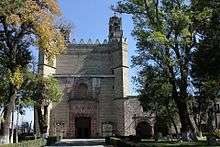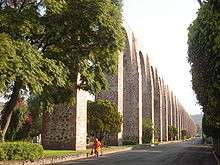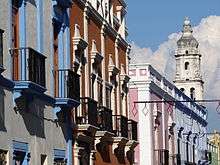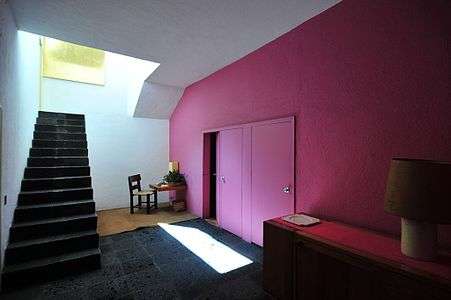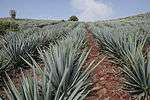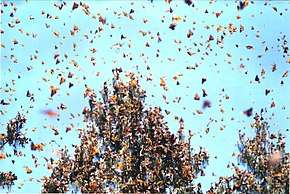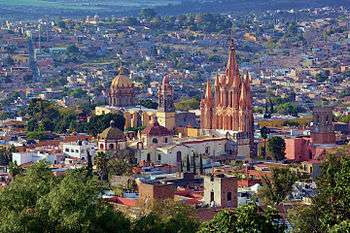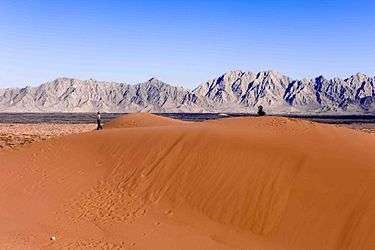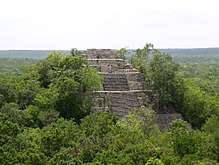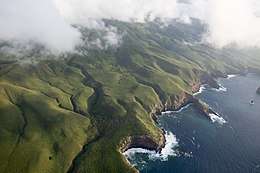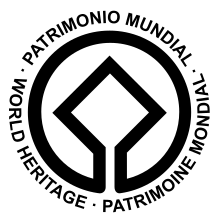List of World Heritage sites in Mexico



The United Nations Educational, Scientific and Cultural Organization (UNESCO) World Heritage sites are places of importance to cultural or natural heritage as described in the UNESCO World Heritage Convention, established in 1972.[1] Mexico accepted the convention on 23 February 1984, making its historical sites eligible for inclusion on the list. As of 2018, there are thirty-five World Heritage sites in Mexico, including twenty-seven cultural sites, six natural sites and two mixed sites.[2] Placing the country first in the Americas and seventh worldwide by number of Heritage sites.
Mexico's first six sites, Sian Ka'an, Pre-Hispanic City and National Park of Palenque, Historic Centre of Mexico City and Xochimilco, Pre-Hispanic City of Teotihuacan, Historic Centre of Oaxaca and Archaeological site of Monte Albán, and Historic Centre of Puebla, were inscribed on the list at the 11th Session of the World Heritage Committee, held at UNESCO headquarters in Paris, France in 1987.[3]
In addition to its inscribed sites, Mexico also maintains twenty-one properties on its tentative list, considered for future nomination.[4]
World Heritage sites
The table is sortable by column by clicking on the ![]()
- Site; named after the World Heritage Committee's official designation[5]
- Location; at city, regional, or provincial level and geocoordinates
- Criteria; as defined by the World Heritage Committee[6]
- Area; in hectares and acres. If available, the size of the buffer zone has been noted as well. A lack of value implies that no data has been published by UNESCO
- Year; during which the site was inscribed to the World Heritage List
- Description; brief information about the site, including reasons for qualifying as an endangered site, if applicable
Tentative list
In addition to sites inscribed on the World Heritage list, member states can maintain a list of tentative sites that they may consider for nomination. Nominations for the World Heritage list are only accepted if the site was previously listed on the tentative list.[42] As of 2017, Mexico maintains twenty-one properties on its tentative list:[4]
- Chapultepec Woods, Hill and Castle (2001)
- Historic Town of Alamos (2001)
- Church of Santa Prisca and its Surroundings (2001)
- Pre-Hispanic City of Cantona (2001)
- Great City of Chicomostoc-La Quemada (2001)
- Historic Town of San Sebastián del Oeste (2001)
- Diego Rivera and Frida Kahlo's Home-Study Museum (2001)
- Valle de los Cirios (2004)
- Flora and Fauna Protection Area of Cuatro Ciénegas (2004)
- Historical Town The Royal of the Eleven Thousand Virgins of Cosala in Sinaloa (2004)
- Huichol Route through the sacred sites to Wirikuta (Tatehuari Huajuye) (2004)
- Lacan-Tún – Usumacinta Region (2004)
- Banco Chinchorro Biosphere Reserve (2004)
- Tecoaque (2004)
- Cuetzalan and its Historical, Cultural and Natural Surrounding (2006)
- Historical city of Izamal (Izamal, Mayan continuity in an Historical City) (2008)
- Los Petenes-Río Celestún (2008)
- Las Pozas, Xilitla (2008)
- Arch of Time of La Venta River (2010)
- Ring of cenotes of Chicxulub Crater, Yucatan (2012)
- Las Labradas, Sinaloa archaeological site (2012)
Location of sites
Numbered sites: 1. Centro Histórico de la Ciudad de México; 2. Ciudad Universitaria; 3. Xochicalco; 4. Monasteries on the slopes of Popocatépetl; 5. Luis Barragan House and Studio; 6. Teotihuacan; 7. Monarch Butterfly Biosphere Reserve; 8. Aqueduct of Padre Tembleque
Legend: ![]()
![]()
![]()
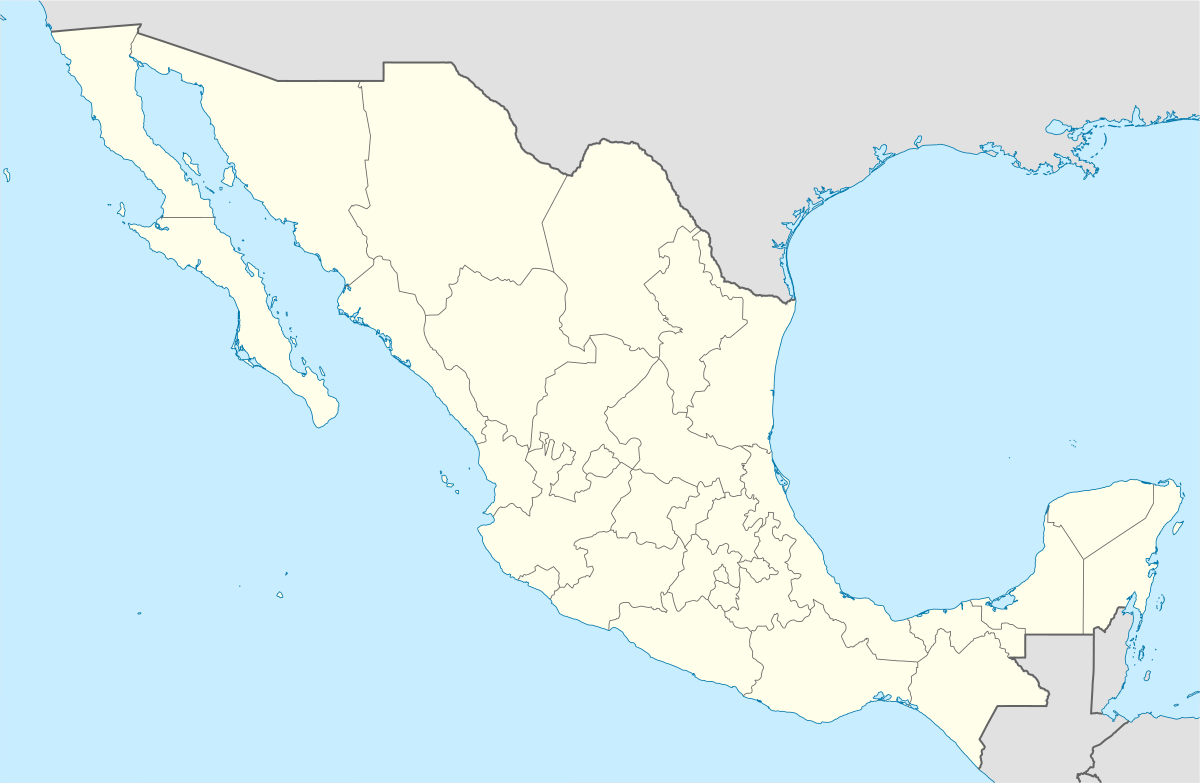
Note: The Camino Real de Tierra Adentro inscribed property encompasses 59 cities, towns, bridges, haciendas and other monuments along some 1,400 km of the route. The point shown on the map is an approximate midpoint between historic Mexico City, the southernmost site, and the town of Valle de Allende, the most northern site. For a description and location of each site, see the UNESCO entry.
Pending transboundary nominations
In 2014, the idea to nominate the Manila-Acapulco Galleon Trade Route was initiated by the Mexican ambassador to UNESCO with the Filipino ambassador to UNESCO.
An Experts' Roundtable Meeting was held at the University of Santo Tomas (UST) on April 23, 2015 as part of the preparation of the Philippines for the possible transnational nomination of the Manila-Acapulco Galleon Trade Route to the World Heritage List. The nomination will be made jointly with Mexico.
The following are the experts and the topics they discussed during the roundtable meeting: Dr. Celestina Boncan on the Tornaviaje; Dr. Mary Jane A. Bolunia on Shipyards in the Bicol Region; Mr. Sheldon Clyde Jago-on, Bobby Orillaneda, and Ligaya Lacsina on Underwater Archaeology; Dr. Leovino Garcia on Maps and Cartography; Fr. Rene Javellana, S.J. on Fortifications in the Philippines; Felice Sta. Maria on Food; Dr. Fernando Zialcita on Textile; and Regalado Trota Jose on Historical Dimension. The papers presented and discussed during the roundtable meeting will be synthesized into a working document to establish the route's Outstanding Universal Value.[43]
The Mexican side reiterated that they will also follow suit with the preparations for the route's nomination.
Spain has also backed the nomination of the route in the World Heritage List and has also suggested the archives related to the route under the possession of the Philippines, Mexico, and Spain to be nominated as part of another UNESCO list, the Memory of the World Register.[44]
In 2017, the Philippines established the Manila-Acapulco Galleon Museum in Metro Manila.[45]
| Type (criteria) | Site | Location | Description | Image | Ref |
|---|---|---|---|---|---|
| Mixed | The Historic Manila‑Acapulco Galleon Trade Route | Philippines and Mexico |  White represents the route of the Manila Galleons in the Pacific |
[43] |
References
- ↑ "The World Heritage Convention". UNESCO. Retrieved 21 September 2010.
- ↑ "Mexico". UNESCO. Retrieved 2 July 2018.
- ↑ "Report of the 11th Session of the Committee". UNESCO. Retrieved 16 July 2017.
- 1 2 "Tentative List – Mexico". UNESCO. Retrieved 16 July 2017.
- ↑ "World Heritage List". UNESCO. Retrieved 28 May 2010.
- ↑ "The Criteria for Selection". UNESCO. Retrieved 10 September 2011.
- ↑ "Historic Centre of Mexico City and Xochimilco". UNESCO. Retrieved 16 July 2017.
- ↑ "Historic Centre of Oaxaca and Archaeological Site of Monte Albán". UNESCO. Retrieved 16 July 2017.
- ↑ "Historic Centre of Puebla". UNESCO. Retrieved 16 July 2017.
- ↑ "Pre-Hispanic City and National Park of Palenque". UNESCO. Retrieved 16 July 2017.
- ↑ "Pre-Hispanic City of Teotihuacan". UNESCO. Retrieved 16 July 2017.
- ↑ "Sian Ka'an". UNESCO. Retrieved 16 July 2017.
- ↑ "Historic Town of Guanajuato and Adjacent Mines". UNESCO. Retrieved 16 July 2017.
- ↑ "Pre-Hispanic City of Chichen-Itza". UNESCO. Retrieved 16 July 2017.
- ↑ "Historic Centre of Morelia". UNESCO. Retrieved 16 July 2017.
- ↑ "El Tajin, Pre-Hispanic City". UNESCO. Retrieved 16 July 2017.
- ↑ "Rock Paintings of the Sierra de San Francisco". UNESCO. Retrieved 16 July 2017.
- ↑ "Whale Sanctuary of El Vizcaino". UNESCO. Retrieved 16 July 2017.
- ↑ "Historic Centre of Zacatecas". UNESCO. Retrieved 16 July 2017.
- ↑ "Earliest 16th-Century Monasteries on the Slopes of Popocatepetl". UNESCO. Retrieved 16 July 2017.
- ↑ "Historic Monuments Zone of Querétaro". UNESCO. Retrieved 16 July 2017.
- ↑ "Pre-Hispanic Town of Uxmal". UNESCO. Retrieved 16 July 2017.
- ↑ "Hospicio Cabañas, Guadalajara". UNESCO. Retrieved 16 July 2017.
- ↑ "Historic Monuments Zone of Tlacotalpan". UNESCO. Retrieved 16 July 2017.
- ↑ "Archaeological Zone of Paquimé, Casas Grandes". UNESCO. Retrieved 16 July 2017.
- ↑ "Historic Fortified Town of Campeche". UNESCO. Retrieved 16 July 2017.
- ↑ "Archaeological Monuments Zone of Xochicalco". UNESCO. Retrieved 16 July 2017.
- ↑ "Franciscan Missions in the Sierra Gorda of Querétaro". UNESCO. Retrieved 16 July 2017.
- ↑ "Luis Barragán House and Studio". UNESCO. Retrieved 16 July 2017.
- ↑ "Islands and Protected Areas of the Gulf of California". UNESCO. Retrieved 16 July 2017.
- ↑ "Agave Landscape and Ancient Industrial Facilities of Tequila". UNESCO. Retrieved 16 July 2017.
- ↑ "Central University City Campus of the Universidad Nacional Autónoma de México (UNAM)". UNESCO. Retrieved 16 July 2017.
- ↑ "Monarch Butterfly Biosphere Reserve". UNESCO. Retrieved 16 July 2017.
- ↑ "Protective town of San Miguel and the Sanctuary of Jesús Nazareno de Atotonilco". UNESCO. Retrieved 16 July 2017.
- ↑ "Camino Real de Tierra Adentro". UNESCO. Retrieved 16 July 2017.
- ↑ "Prehistoric Caves of Yagul and Mitla in the Central Valley of Oaxaca". UNESCO. Retrieved 16 July 2017.
- ↑ "El Pinacate and Gran Desierto de Altar Biosphere Reserve". UNESCO. Retrieved 16 July 2017.
- ↑ "Ancient Maya City and Protected Tropical Forests of Calakmul, Campeche". UNESCO. Retrieved 16 July 2017.
- ↑ "Aqueduct of Padre Tembleque Hydraulic System". UNESCO. Retrieved 16 July 2017.
- ↑ "Archipiélago de Revillagigedo". UNESCO. Retrieved 16 July 2017.
- ↑ "Tehuacán-Cuicatlán Valley: originary habitat of Mesoamerica". UNESCO. Retrieved 2 July 2018.
- ↑ "Tentative Lists". UNESCO. Retrieved 7 October 2010.
- 1 2 "PH, Mexico push to nominate Manila-Acapulco Galleon Trade Route to World Heritage List". Official Gazette of the Republic of the Philippines. 28 April 2015. Archived from the original on 14 October 2016. Retrieved 14 December 2017.

- ↑
- ↑ "Manila-Acapulco Galleon Museum rises in SM MOA - BusinessMirror". businessmirror.com.ph.
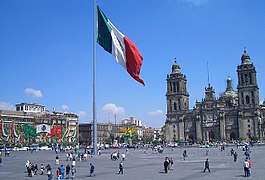


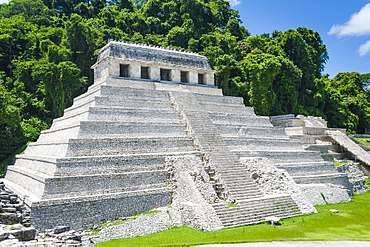
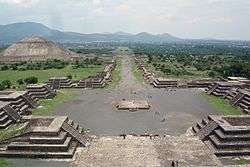

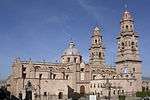
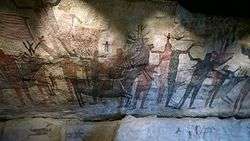
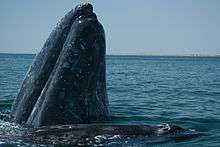
.jpg)
